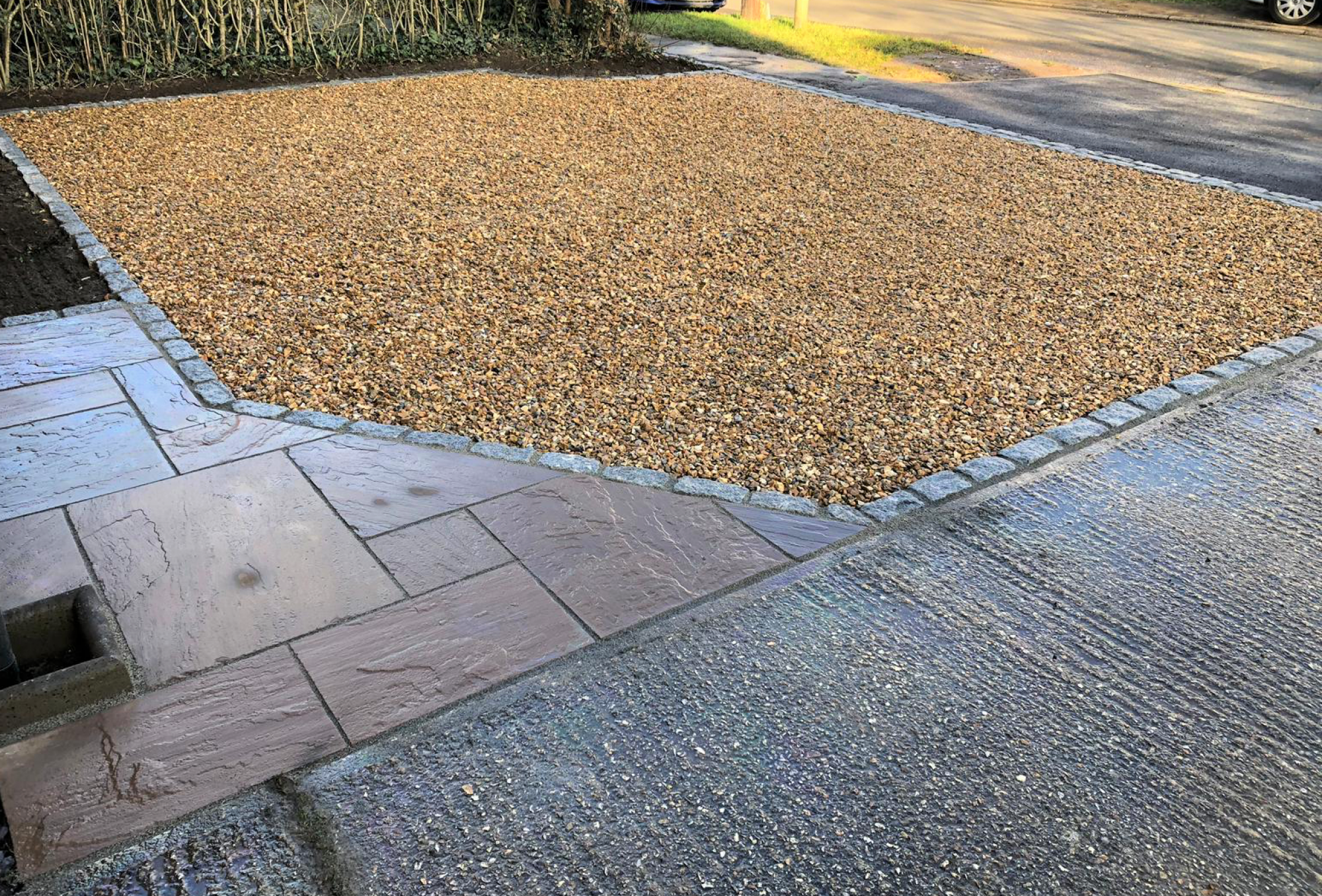19/11/2019
As the cold weather season approaches, we would like to share some driveway snow clearance safety advice from the Department of Transport & Met Office.
Clearing snow and ice from the pavement outside your home or public spaces can help prevent slips and falls. Follow the advice from the Department for Transport below to make sure you clear the pathway safely and effectively.
It’s easier to move fresh, loose snow rather than hard snow that has packed together from people walking on it. So if possible, start removing the snow and ice in the morning. If you remove the top layer of snow in the morning, any sunshine during the day will help melt any ice beneath. You can then cover paths with salt before nightfall
- Pay extra attention to clearing snow and ice from steps and steep pathways
- Use salt or sand – not water. If you use water to melt the snow, it may refreeze and turn to black ice. Black ice increases the risk of injuries as it is invisible
- You can melt snow or prevent black ice by spreading some salt on the area you have cleared. You can use ordinary table or dishwasher salt – a tablespoon for each square metre you clear should work. Don’t use the salt found in salting bins – this will be needed to keep the roads clear unless your council advises otherwise.
- Be careful not to spread salt on plants or grass as it may damage them
- If you don’t have enough salt, you can also use sand or ash. These won’t stop the path icing over as effectively, but will provide good grip underfoot
- Offer to clear your neighbour’s paths – if your neighbour may have difficulty getting in and out of their home, offer to clear snow and ice around their property as well, and do check that any elderly or disabled neighbours are alright in the cold weather.
15/04/2019
Time to invest in a driveway?
We Britons love spacious properties with gardens – we all know that. But what about desirable extras, such as a driveway, that are perhaps non-essential, but maybe worth paying a little bit more for? Could they even add significant value to your home?
Research, conducted by Duette, has revealed that British home-buyers are ready to part with more cash in exchange for convenience – or a little added luxury.
The poll of 2,186 adults, all of whom are actively house-hunting, reveals that, on average, garages and driveways fetch around £4,000 extra each. Read more about it in this article by Real Homes magazine.



